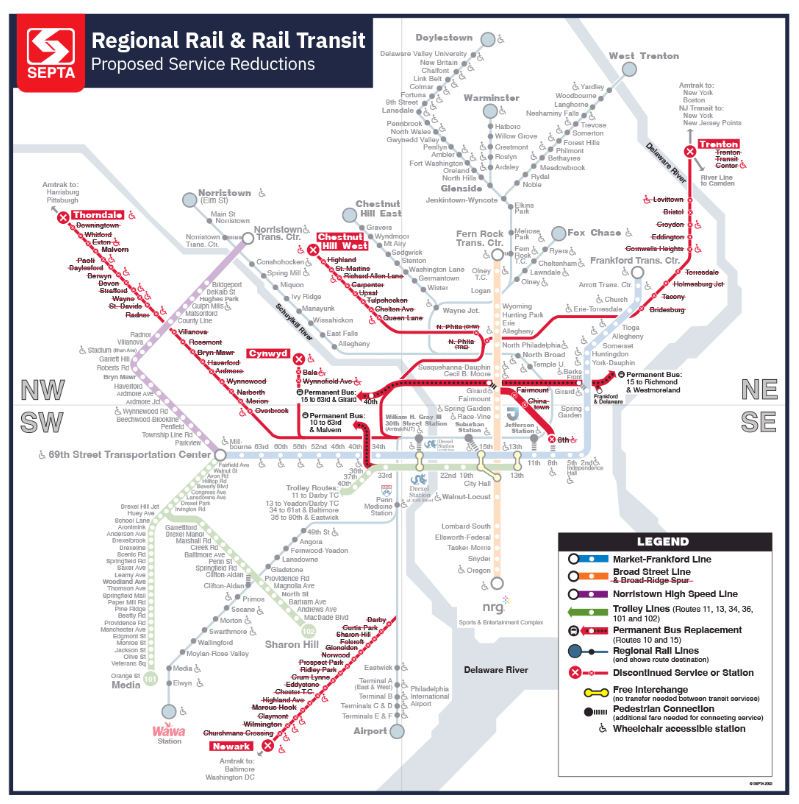Quarterly company revenue was up 34% over the third quarter of 2018; total net earnings were up 77%, officials say.
CEO Timothy Wallace attributes the increases to “growth of our railcar lease fleet and increased deliveries of new railcars.”
“Demand continued at lower levels during the third quarter due to economic uncertainty associated with industrial production and global trade,” says Wallace. “These factors, combined with pressure on railcar loading volumes, are impacting railcar lease rates and utilization as well as orders for new railcars.”
As a result, he says Trinity is “being highly selective” in originating new railcar leases and has moved some railcar manufacturing from 2019 into the first half of next year.
“Throughout much of 2019, demand for railcars in North America has remained at or above replacement levels,” Eric Marchetto, vice president of TrinityRail, told investors in the third quarter earnings call. “However, continued declines in rail traffic volumes, ongoing trade disputes, and slowing industrial production are creating unfavorable conditions in rail equipment markets.”
In the near term, slowdowns in demand will drive more cars into storage, he says, but there are a few bright spots such as demand for cars to transport petrochemicals from Canada and the U.S. to Mexico and for car replacements due to attrition.
Trinity weathers the ups-and-downs typical of the rail industry by focusing on different aspects of its business depending on demand cycles.
Marchetto describes its business model as one that engages with customers in all points of railcar operation: leasing, administration, maintenance, design, engineering, and field support.
Trinity also sees the sale of used railcars from its lease fleet as a viable source of earnings, according to Chief Financial Officer Melendy Lovett.
“We consider it an advantage of our integrated platform to have the ability to monetize those assets while at the same time keeping the customer relationship and the servicing opportunity of those assets,” she says, “So not only do we receive a management fee, we keep the customer relationship and we have the opportunity for those cars to continue to take advantage of services that are offered by our platform.”
Regarding effects of precision scheduled railroading on rail car demand, Marchetto says upon implementing PSR, railroads work to reduce the number of cars.
But when there is growth, railcars come back, he says, whether operated by shippers or the railroads themselves.
“The good news on PSR is now we’re hearing for the first time in a few years more of the railroads talk about growth and driving traffic growth and specifically modal share,” he says. “A more efficient operating system — which will lead to a more efficient railroad network — would be good for our business certainly long-term.”
Wallace spoke with investors about his recently announced retirement after 20 years as CEO, part of his 44 years with the company.
Describing the board as “open minded,” there is a search underway for a CEO candidate internal or external, in or out of the railroad supplier industry, says Wallace.
He will remain until the board selects a replacement.
Trinity third-quarter 2019 revenues were $813.6 million, compared to $606.9 in the third quarter of 2018; earnings were $49.4 million, up from $27.9 million in the third quarter of last year.













